
IT is well-recognised that some breeds are more predisposed to certain conditions than others. Such conditions may have an inherited genetic basis, or be the result of selective breeding for highly desirable qualities, such as appearance or speed, at the cost perhaps of long-term soundness, for example.
A horse’s individual characteristics – such as size, colour or temperament – are dictated by his or her genetic constitution, or “genotype”.
In every cell of the horse’s body, there are about 22,000 protein-coding genes, consisting of specific segments of DNA. These are arranged on 32 pairs of chromosomes, one inherited from each parent.
“Alleles” are pairs of genes (again, one from each parent) which control the same trait, the final expression of which will depend on whether the allele is dominant or recessive.
Human blue eye-colour, for example, is a recessive trait and occurs only if both parents contribute a blue-eye allele. If one parent is brown-eyed however, the offspring is likely to have brown eyes, since the brown-eye allele is dominant.
TRIPLE TROUBLE
EQUINE genetic disorders encompass those health problems which occur when something goes wrong with the horse’s genotype – usually as a result of a mutation.
There are three types of genetic disorder. The most common are classic Mendelian or simple genetic disorders. There are two types:
Autosomal recessive, such as cystic fibrosis in humans – both inherited alleles need to be mutant to be clinically affected.
Autosomal dominant, for example Huntington’s disease in humans – only one of the inherited alleles needs to be mutant to be clinically affected.
This story is from the {{IssueName}} edition of {{MagazineName}}.
Start your 7-day Magzter GOLD free trial to access thousands of curated premium stories, and 9,000+ magazines and newspapers.
Already a subscriber ? Sign In
This story is from the {{IssueName}} edition of {{MagazineName}}.
Start your 7-day Magzter GOLD free trial to access thousands of curated premium stories, and 9,000+ magazines and newspapers.
Already a subscriber? Sign In

Gemirande provides 24-carat magic
Venetia Williams sparkles again in the December Gold Cup and jockey brothers dead-heat
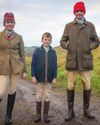
‘Happy hunting, everyone'
“The season for talks, dinners and parties has finally arrived for Tessa Waugh, whose distress about the snags of middle age fades away with some rousing festive spirits
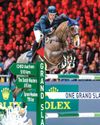
'Monaco deserved this victory
Seemingly destined always to play the bridesmaid’s role, Harrie Smolders’ great partner Monaco finally tops an incidentpacked Rolex grand prix
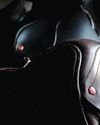
'It had to end sometime'
The closure of beloved Hampshire saddlery Calcutt Sons is a loss to the hunting and wider equestrian worlds, as Octavia Pollock reports

'You couldn't want for more
The Ludlow's peaceful country makes for a day in \"hunting paradise\"
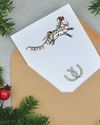
The greatest gift of all
Christmas is fast approaching and while we all like a bit of tinsel, the festive season is also a perfect time for giving to a horse charity. Niki Hinman finds out some of the options
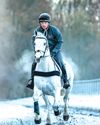
Winter him well
A horse's winter routine can differ dramatically from his summer structure but what’s the knock-on effect? Ellie Hughes asks vets how to optimise routine management for the season
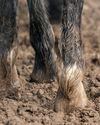
Neat feet
Excellent hoof care is a year-round concern but the winter months present their own problems. Richard Stephenson MRCVS explains the seasonal challenges afoot and how to stay one step ahead
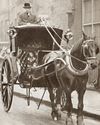
In bygone days
Modern vets have much scientific knowledge behind them, but what about their forebears? Kieran O’Brien MRCVS opens up the world of Victorian vets in London
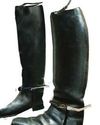
'When I joined the Pony Club it was just two boys and 48 girls'
Pepsi Kohler on being delightfully outnumbered by girls in the Pony Club, a leg-up from a royal and the H&H advert that changed his life